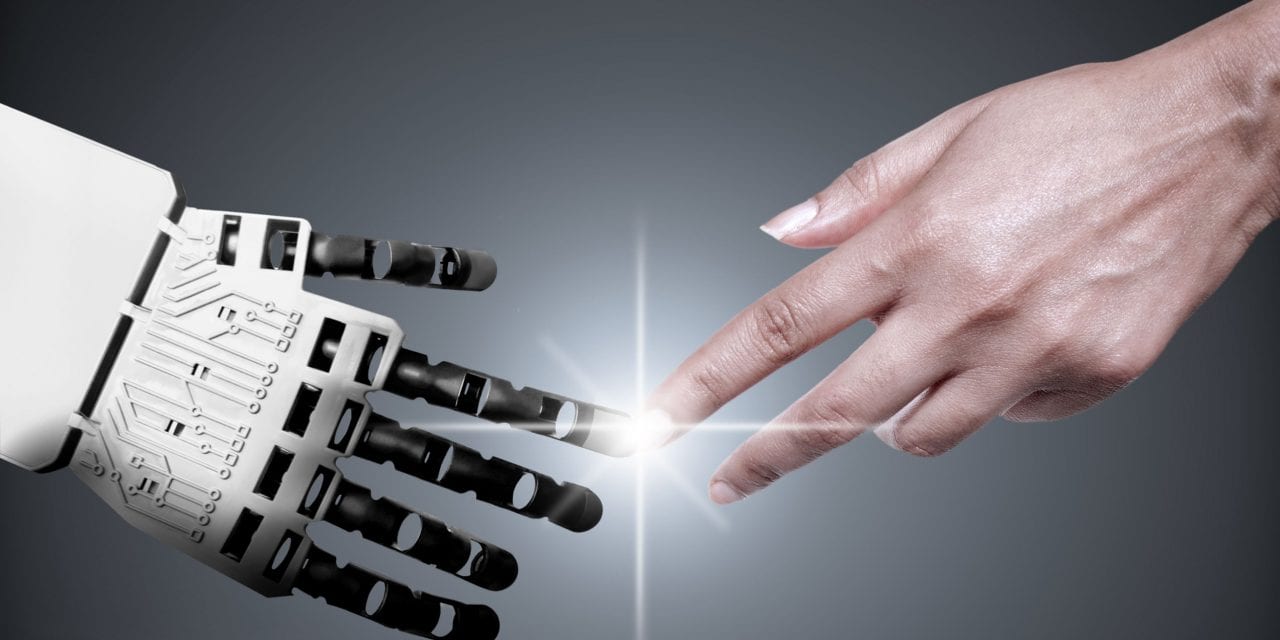The Guardian newspaper reports that over 70% of us fear robots taking over our lives.
By Jack Cumming
Do you find the thought of robots in your life a bit creepy? If you do, you’re not alone. The Guardian newspaper reports that over 70% of us fear robots taking over our lives. Fear is a powerful deterrent. Change takes courage.
In senior housing these days, there is much talk of robots. To date, the actual arrival of robots, however, has largely been limited to comfort robots. But think for a moment of how Automated Teller Machines (ATMs) were viewed when they first arrived. People were used to the human interaction with a teller at the bank and resented the coldness of being diverted to machines. Moreover, people worried about the displacement of those who depended on their jobs as tellers.
We think of robots as humanoids, unfeeling creatures that will move among us and rob us of our humanity. The primary attribute that distinguishes most robots from industrial machinery is their mobility and adaptability. As an immobile exception, “robots” now abound in fixed locations throughout automobile assembly plants. Most machines that can help to improve caregiving will not look like people. After all, motorized wheelchairs are robots that look nothing like people and, yet, they enhance the lives of older people beyond all measure.
Robots Are Already Here
ATMs and the like are not the only such revolution to have changed our lives from the world of 50 or so years ago into the world of today. When I was a boy, you placed a phone call by picking up the receiver and asking an operator to connect you. The term “dialing” wasn’t even part of the vocabulary, but “number, please?” very much was.
I remember when the elevator operators were replaced in the New York office building where I worked. The concern for their jobs was vocal. The solution? Elevator operators became security guards and reception desk staff. Despite the fear of change, change is a constant element, and it generally works out to shape a new dynamic. How did we ever get along before robotic navigation systems helped us to get to our destinations?
Need for Mobility
Now change – robotic change – is coming to senior services. Reflection on change, of course, is the stuff of history, so it can help to still fears and instill courage to reflect for a moment on how we’ve come to this point in time. The Industrial Revolution involved using fixed machines to create transportable products. Weaving looms were large and fixed in place. Automobile assembly lines, the epitome of industrialization, are housed in huge fixed-place factories.
The challenge for senior services is that the serving equipment must move to where it’s needed. The work (serving frail seniors) can’t be brought to the equipment as with industrialization. Of course, some physicians might disagree with that premise (most don’t like to leave their offices), but by and large, today’s caregivers move about with those they serve and care for. The challenge of bringing equipment to the point of service, rather than the reverse industrial model, is not unique to human caregiving. Agriculture now is just entering a new phase as strawberry and apple picking robots are being introduced in Europe and Australia. Senior housing thinkers can learn from other industries.
Humanizing Robots
Robots for something as person-centered as eldercare will likely combine the comfort of stuffed animals with the delivery functions of machines. Still, that doesn’t mean that a service providing robot has to look like a person. Already, some hotels and a few senior housing enterprises are experimenting with room delivery robots.
The hotel robots depend on guests to open their room doors and to get their delivery – luggage, food, etc. – themselves from the robot. That won’t work for senior housing where many residents may be chair-bound. Still, it could already assist staff who would then only have to complete the delivery.
Practicalities
This makes the point that deploying the benefits of technology is dependent on the availability of products. There are many technological innovations that one might imagine could improve care quality while reducing costs. The reality is that they only exist in the minds of dreamers until a manufacturer decides to offer a product to the market. Demand for technological innovation has lagged in senior housing where the human touch in caregiving is central. Until there is compelling demand for automation in senior services, responsive products will remain few and their deployment will be merely anecdotal.
Assisted living is the most promising next frontier for innovation. Chairs that lift people to help them to stand are already sufficiently widespread so that people don’t think of them with the disdain reserved for robots. Now exoskeletons to give caregivers and those they serve enhanced capabilities are being piloted. Perhaps they will come to have the same acceptance as those lifting chairs.
Thankfully, there are no limits to the infinite scope of the human imagination. Moreover, we humans are adaptable and, just as those elevator operators and bank tellers were able to make the transition, so will adaptation enhance the lives of those employed in nurturing professions. The need for love and nurture is universal. Machines can never replace that love and concern of one human for another.







